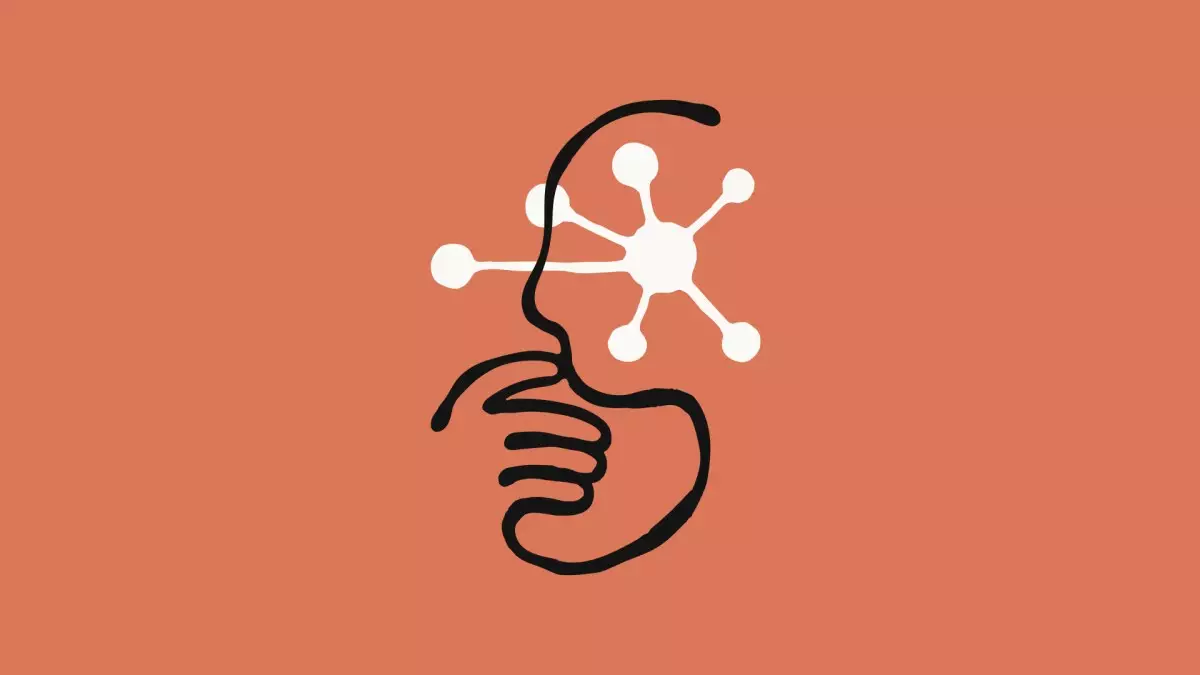Anthropic has made significant strides in the field of artificial intelligence with the introduction of a pioneering feature called “voice mode” for its Claude chatbot applications. This novel functionality allows users to engage in meaningful spoken dialogues with the AI, a departure from the traditional text-based interactions that have dominated the landscape of chatbot design. Although currently in beta, this innovative tool promises to redefine how we communicate with intelligent systems by enabling voice conversations, thereby freeing users’ hands for multitasking and creating a more seamless interaction experience.
A Step Towards Humanlike Communication
The implementation of voice mode is not merely an addition to the existing capabilities of Claude; it represents a fundamental shift in interaction dynamics. By leveraging Anthropic’s Claude Sonnet 4 model, the voice mode allows users to not only hear responses but also see textual cues displayed on screen. This multimodal approach is crucial for enhancing comprehension and retention during conversations, especially in scenarios where users may need to process information quickly, such as while driving or cooking. Offering five distinctive voice options further adds a layer of personalization to the experience, allowing users to choose a voice that resonates with them.
Competing in the AI Voice Space
In an era where voice interactions are becoming increasingly prevalent, competition among AI companies is intensifying. Giants like OpenAI and Google have already incorporated voice features into their products, suggesting that there is a growing demand for more intuitive and natural ways to communicate with technology. Anthropic’s focus on voice mode positions it as a strong contender in this burgeoning market. However, Anthropic’s offering is unique in its integration of both spoken and written formats, allowing users to switch comfortably between the two. This duality can significantly enhance user experience, particularly in professional settings or environments filled with distractions.
Accessibility and Limitations
Despite the promising features, voice mode comes with certain limitations that warrant attention. Notably, regular usage caps apply to voice interactions, with the average user only allowed between 20 to 30 voice conversations before hitting their limit. This could hinder the widespread adoption of voice mode, as many users may find themselves restricted by these caps. Additionally, the functionality’s full potential is currently unlocked only for paid subscribers, likely creating a divide between free and premium users. The dependency on subscriptions, particularly for accessing integrated services like Google Workspace for real-time updates and task management, raises questions about equity in AI access.
The Future of AI Interaction Is Here
In a world rapidly adopting voice technology, Anthropic is at the forefront of this transition with Claude’s voice mode. While the feature is still in beta, it signifies a crucial step towards making artificial intelligence more accessible and responsive to user needs. The next few weeks will be telling as the company continues to roll out this feature and gather user feedback. As Claude transitions into this new paradigm of communication, enthusiasts and skeptics alike will be watching closely to evaluate its real-world effectiveness and influence on the future landscape of AI interactions.

